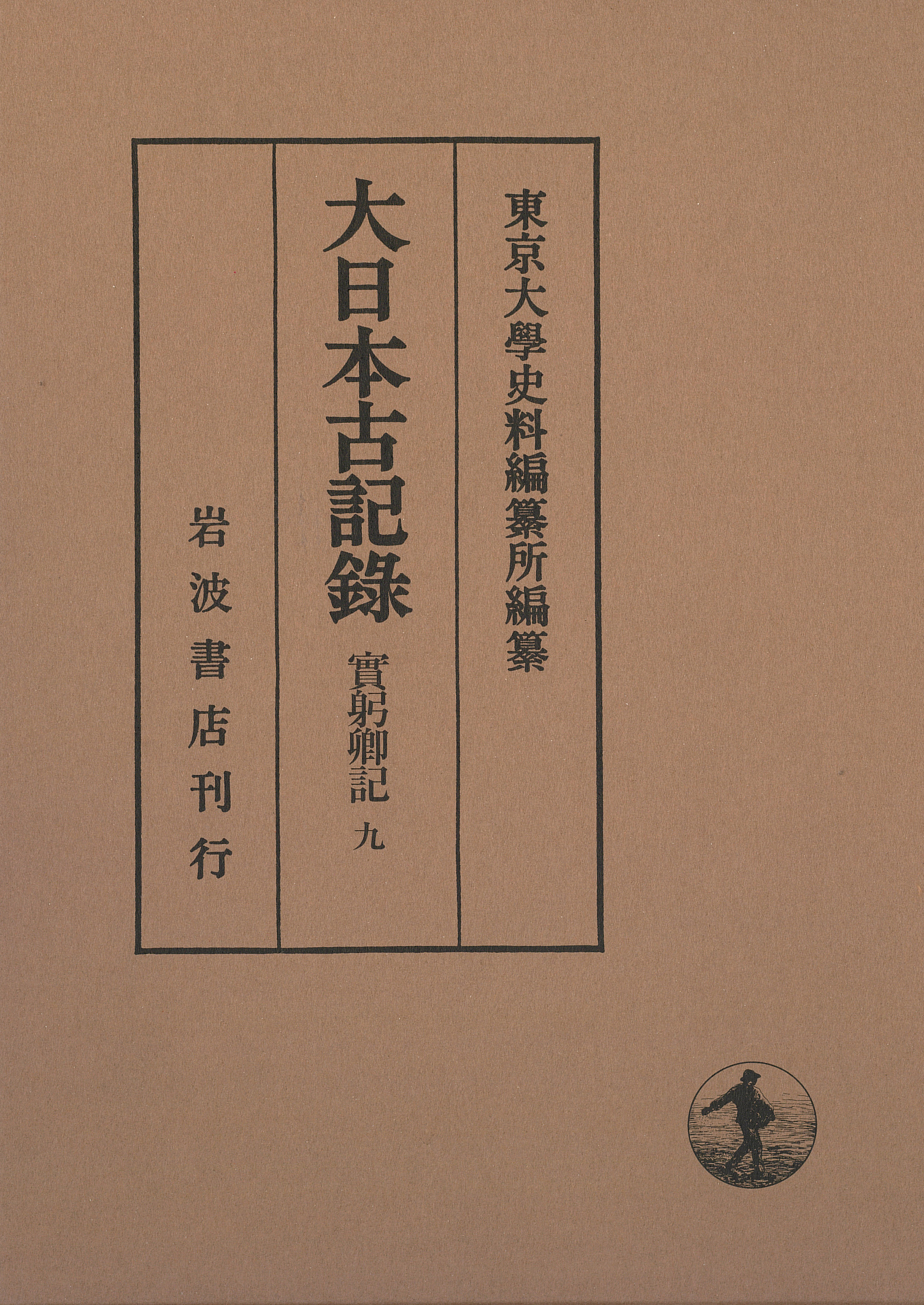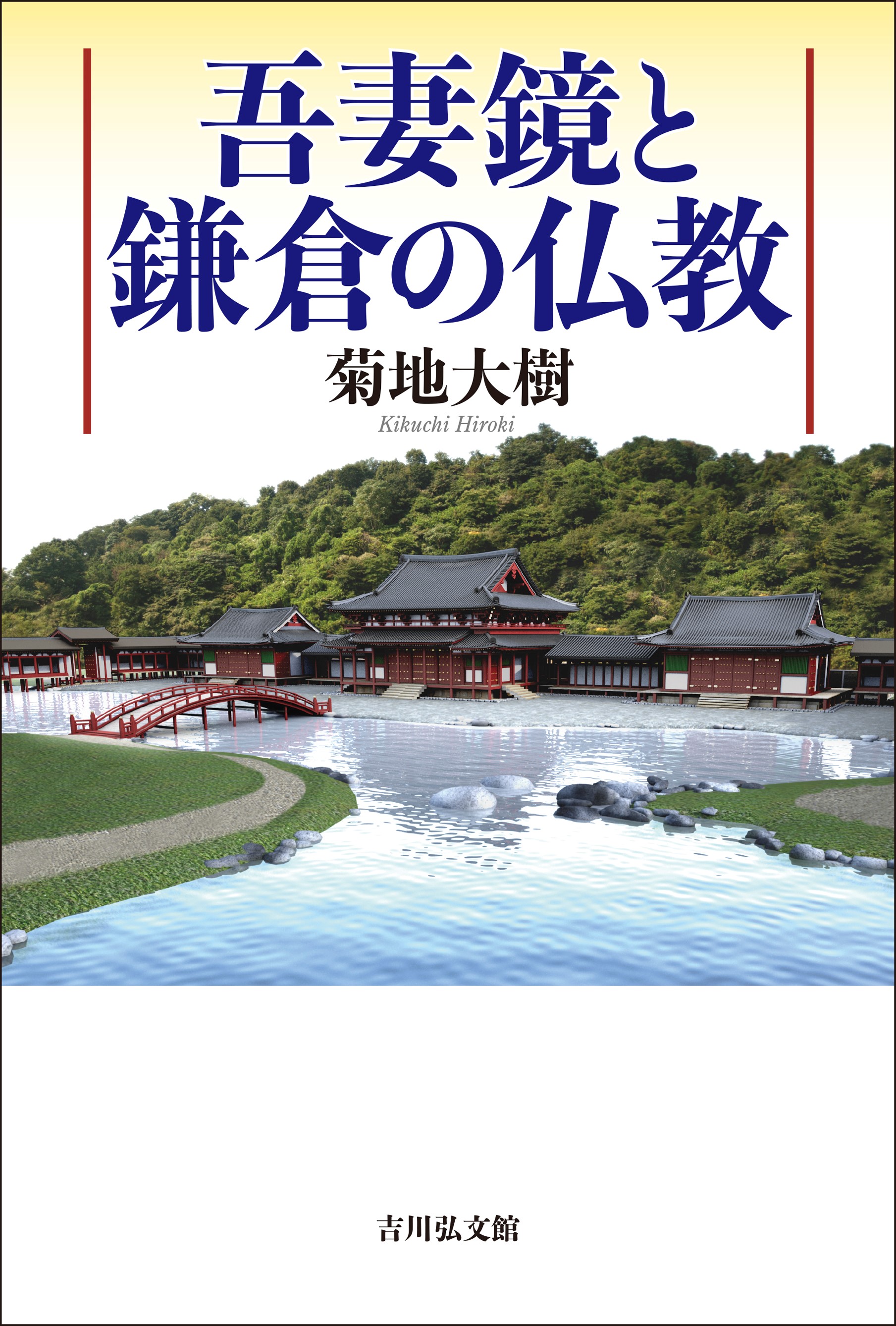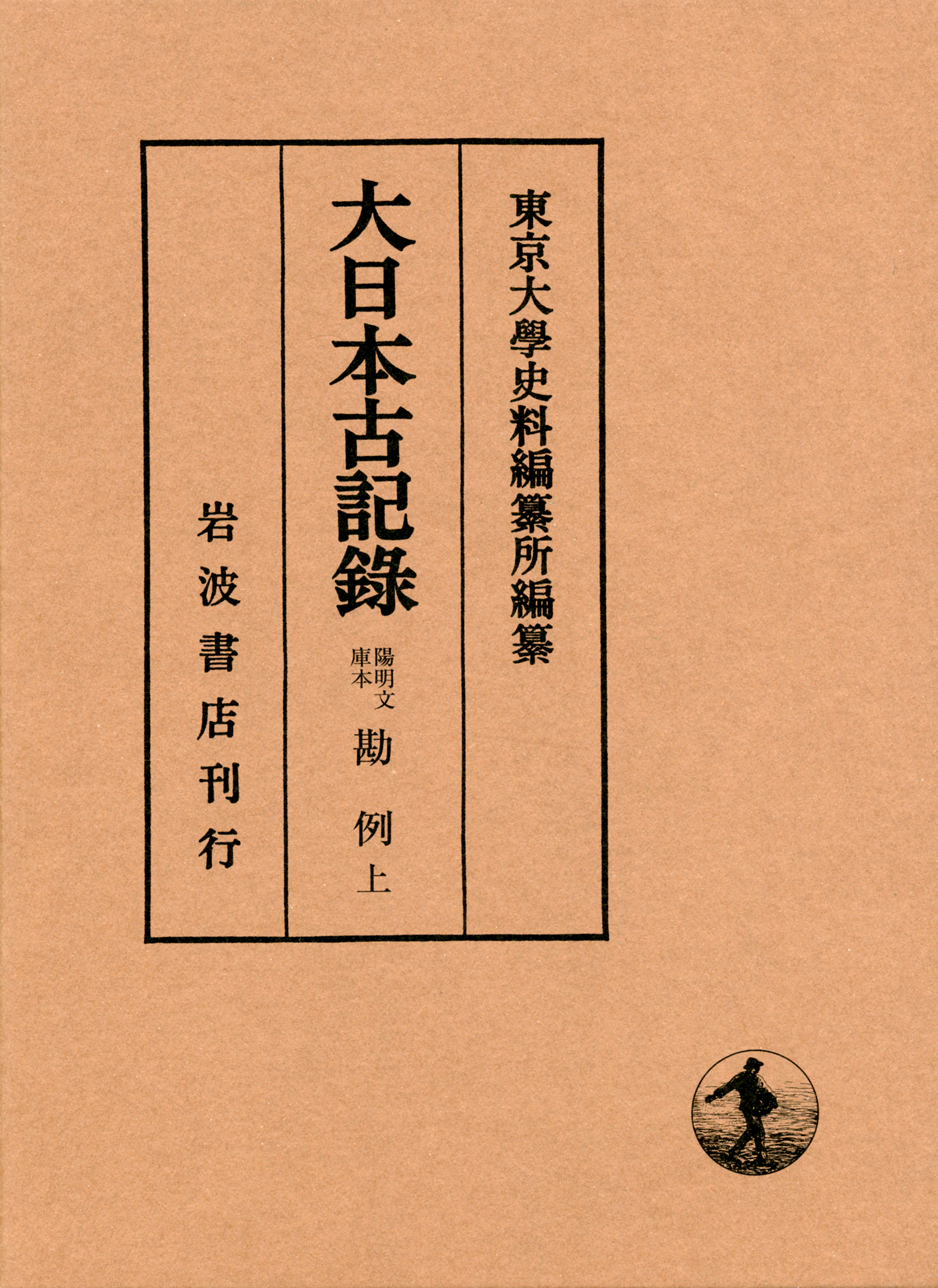
Title
Sanemikyōki, 9 (Diary of Sanemi, Vol. 9)
Size
364 pages, A5 format, hardcover, slipcase
Language
Japanese
Released
March 27, 2020
ISBN
9784000099899
Published by
Iwanami Shoten
Book Info
See Book Availability at Library
Japanese Page
Sanjō (Fujiwara no) Sanemi (1264–ca.1325) was an aristocrat who was active in the latter half of the Kamakura period (1185–1333). His descendants transmitted the diaries of successive family heads as their most significant legacy, and Sanemi’s diary, Sanemikyōki, was included among these. Over seventy scrolls of Sanemi’s manuscripts and many copies were separated from his descendants and have been preserved in several libraries. The late Kamakura period was an age of reform in which many historical events occurred, and these prepared the way for the next era. Meanwhile, research on the late thirteenth century and the early fourteenth century has not adequately developed because of a dearth of source materials. The Sanemikyōki plays a significant role in this regard because it contains comprehensive entries covering the period from 1285 to 1307. Sanemi filled the Sanemikyōki with entries about daily court rituals and events, as well as information about larger events relating to the Kamakura Bakufu. Thus, the Sanemikyōki is indispensable for research on this period, and these manuscripts have been designated national important cultural properties. The Historiographical Institute of the University of Tokyo has been transcribing and publishing the Sanemikyōki since 1991 as a title in the series Great Japanese Diaries, which has been opening up the results of research on historical diaries to the public as a joint research project. The Institute published volume 9 of the Sanemikyōki in March 2020.
In the medieval period, most aristocrats, including Sanemi, recorded their diaries in the form of handscrolls. People sometimes reused discarded fine paper that had originally been used for letters and other documents. They turned the sheets over, made them into handscrolls by gluing them together, and recorded entries on them. Unlike entries on the recto side, the writer did not intend to pass documents written on the verso side down to their descendants, and these can show us unexpected aspects of history.
In addition to the eight volumes of the Sanemikyōki, which all included a great number of transcribed documents on the verso, documents that were newly discovered in the course of earlier research have been transcribed in volume 9. Among these documents, many calendars were left on the verso side. In medieval Japan, a calendar was mostly produced in the form of a handscroll. After the end of a year, aristocrats did not discard useless old calendars, for they could save time for producing handscrolls by reusing the verso sides. Through comparison with entries left on the recto, it is found that they reused calendars of the preceding year or at the most several previous years as material for diaries. The verso side of the handscroll of the Sanemikyōki contains a calendar for 1306 beside entries from the first to seventh months of 1283 on the recto, which means that this scroll may have been copied from a draft about twenty years later in Sanemi’s hand. It is to be assumed that Sanemi produced this fine copy by arranging the diaries of his younger days for the benefit of his son, Sanjō Kinhide (1265–1363), who had been promoted in court during this period. Further, some of the subsequent volumes were produced from discarded calendars originally from Sanemi’s father, Sanjō Kintsura (1238–1315). These facts reveal that an aristocrat taught his son how to serve at court by recording a diary.
Another type of document found on the verso side concerns a lawsuit regarding a warrior named Tōhiro (d.u.) and his “outlaw bands” (akutō) in 1267. They left their base, Asoyama in Ise province, to attack a field office of a private estate in Nishima in Shima province. As evidence of injury and murder, lists of the names of members of the band and reports of damage are attached to the petition. The report contains a realistic account of how one of the defenders was stabbed in the upper part of his stomach, from which his bowels overflowed, and was then sewn up with horsetail.
All these documents on the verso side have been transcribed and introduced to academia for the first time. Along with the previously published volumes, they will be much appreciated in future research on Japanese history.
(Written by KIKUCHI Hiroki, Associate Professor, Historiographical Institute / 2020)
Table of Contents
Hiragana calendar for 1306
Waseda Manuscripts, Separate Volume (1st month – 4th month, 1283), verso
Fragments of annotated calendar for 1281
Takeda Manuscripts, Vol. 2 (2nd month – 3rd month, 1285), verso
Fragments of annotated calendar for 1278
Takeda Manuscripts, Vol. 3 (Separate Volume, 10th month, 1285), verso
Fragments of annotated calendar for 1286; fragments of noted calendar for 1282
Takeda manuscripts, Vol. 4 (8th month – intercalary 12th month), verso
Occasional forty-pair poetry contest, etc.
Takeda Manuscripts, Vol. 5 (7th – 12th, 1287), verso
Fragments of annotated calendar for 1278; fragments of noted calendar for 1274
Takeda Manuscripts, Vol. 6 (12th month, 1287), verso
Fragments of anonymous letters; fragments of hiragana calendar for1287
Takeda Manuscripts, Vol. 7, (1st month – 2nd month, 1289), verso
Documents of Tōhiro and outlaw bands in Asoyama, Ise province; fragments of hiragana calendar for 1287
Takeda Manuscripts, Vol. 8 (3rd month – 7th month, 1288), verso
Fragments of annotated calendar for 1287; documents of Tōhiro and outlaw bands in Asoyama, Ise province
Takeda Manuscripts, Vol. 10 (9th month – 10th month, 1290), verso
Sanjō Sanemi’s letters and attached replies (anonymous), etc.



 Find a book
Find a book



